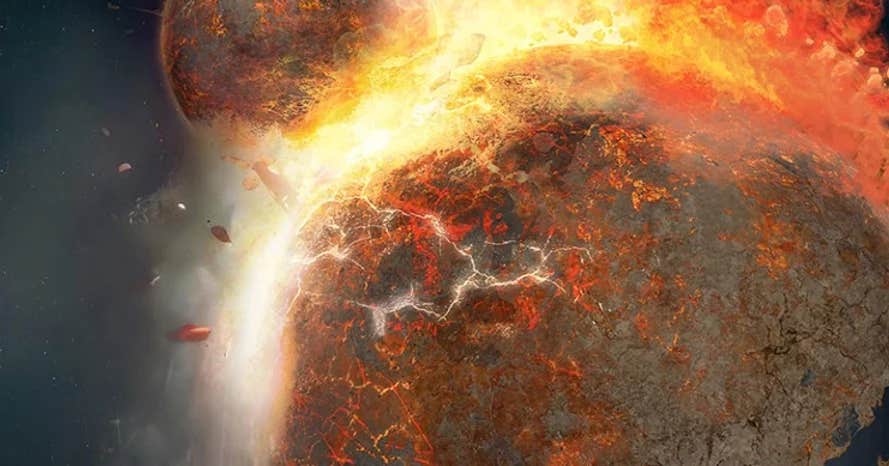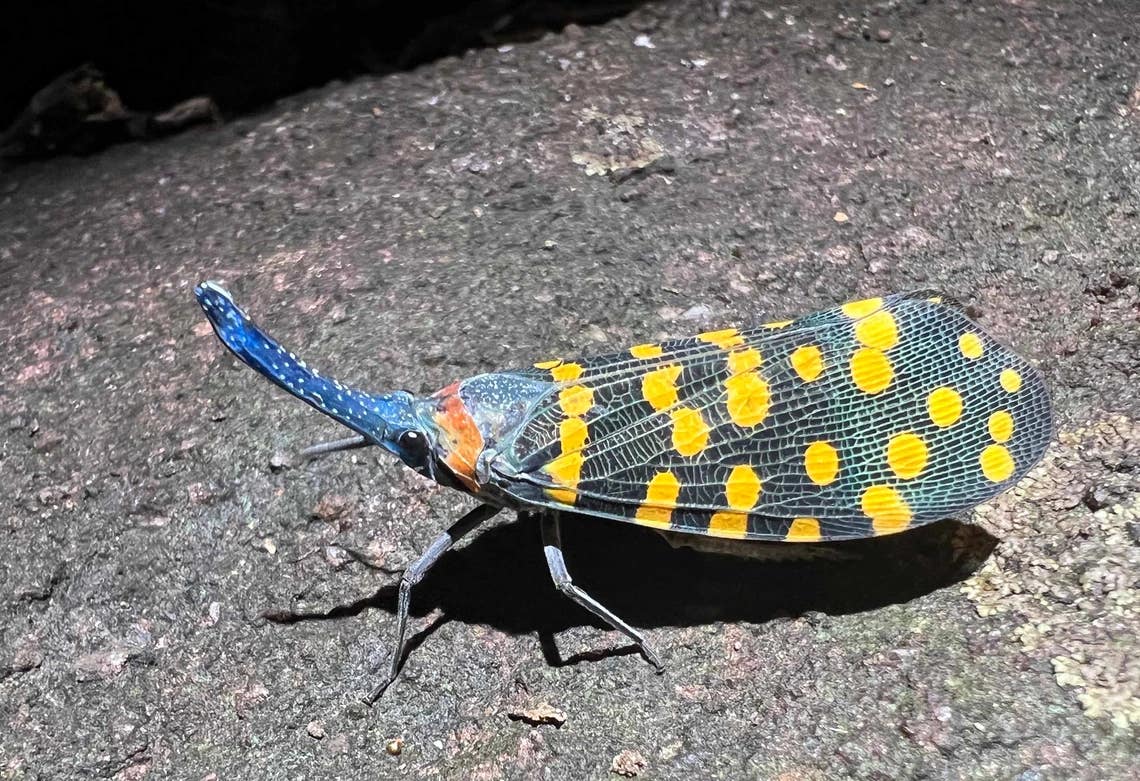Scientists discover remains of an ancient planet deep inside the Earth
Deep within the mantle, seismic imaging has uncovered two massive structures that may transform what we know about Earth’s geological past.

Geophysicists, using the Earth’s own seismic whisperings, unveiled the existence of two behemoths lurking near the heart of our planet. (CREDIT: Hernán Cañellas)
Seismic imaging has exposed two massive zones hidden deep in Earth’s mantle. These giant blobs, known as large low-velocity provinces, or LLVPs, stretch beneath Africa and the Pacific. They are so large they rival continents in scale, and their presence could change how we view Earth’s inner makeup and past.
What makes LLVPs so puzzling is how they slow down seismic waves. Their odd behavior hints at a strange composition, different from the rest of the mantle. For years, scientists have debated where they came from and why they behave so differently.
Now, a bold theory is shaking up that debate. A team of researchers believes these mysterious masses might be the buried remains of a lost planet. Known as Theia, this ancient world is thought to have collided with Earth billions of years ago in the Moon-forming impact.
That collision is a key event in planetary science. It not only explains how the Moon came to be but also how Earth began to take shape. But while the Moon emerged from the wreckage, the fate of Theia has remained unclear. The new study suggests that chunks of Theia’s mantle may have merged with Earth’s own, sinking deep and becoming the LLVPs.
The research, published in Nature, opens a fresh chapter in our understanding of planetary origins. These deep Earth structures, far from random blobs, could be long-lost remnants of another world. “It’s a radical idea,” said one scientist, “but it fits the data surprisingly well.”
The LLVPs are thought to be between 2 and 3.5 percent denser than the mantle around them. This extra weight keeps them anchored near the core. The team, led by Caltech researchers, believes that iron-rich material from Theia’s mantle could explain this density. If true, Earth has been carrying a piece of a vanished planet deep inside for billions of years.
Related Stories
The research team, including geologists, geophysicists, and geochemists, used advanced simulations to model the cataclysmic collision. These models reveal that much of Theia’s mantle material was incorporated into Earth, while the rest contributed to the Moon’s formation.
Qian Yuan, a key researcher on the project, was inspired by a 2019 lecture on the giant-impact hypothesis. During the talk, he wondered whether the LLVPs could be the remnants of Theia, triggering a deep investigation.
Working with experts across disciplines, Yuan helped simulate the collision, examining the dynamics of impact, the properties of Theia’s mantle, and the subsequent evolution of the debris. The results were striking: Theia’s mantle material, after being injected into Earth’s, segregated into dense, stable regions that could persist for billions of years.
These findings answer a lingering question: why didn’t Theia’s material disperse evenly within Earth? The simulations suggest that the cooler, lower mantle was shielded from the full intensity of the collision’s energy, allowing iron-rich fragments of Theia to remain intact.
These fragments gradually sank and aggregated, forming the LLVPs we observe today. In contrast, if the lower mantle had been more energetically disrupted, Theia’s remnants would have mixed more uniformly with Earth’s mantle.
The implications of this discovery extend beyond Earth’s history. If Theia’s remnants shaped the LLVPs, similar mantle heterogeneities may exist in other planetary bodies that experienced giant impacts during their formation.
Understanding these structures can shed light on the broader processes of planetary evolution, including the development of tectonic activity and the formation of continents.
The study also invites a reexamination of the LLVPs' role in Earth’s geodynamic history. If these structures are indeed ancient relics of Theia, they could have influenced processes like plate tectonics, the rise of continents, and even the planet’s magnetic field.
Paul Asimow, one of the study’s authors, highlights the need to explore how these deep-mantle structures have shaped Earth’s evolution over billions of years.
This research marks a significant step in unraveling the mysteries of Earth’s interior and its violent beginnings. By linking the Moon-forming impact to the LLVPs, scientists have bridged the gap between Earth’s early chaos and its current structure.
The story of Theia and the LLVPs is not just a tale of destruction but one of transformation, providing a clearer picture of how cosmic collisions shape planets.
As we continue to probe Earth’s interior, the LLVPs stand as silent witnesses to an ancient cosmic event that forever altered the planet. Their presence reminds us of the interconnectedness of planetary processes, from the fiery origins of our Moon to the hidden layers of our world.
The search for answers continues, but for now, the LLVPs offer a remarkable glimpse into the Earth’s tumultuous past, reshaping how we understand our place in the cosmos.
Note: Materials provided above by The Brighter Side of News. Content may be edited for style and length.
Like these kind of feel good stories? Get The Brighter Side of News' newsletter.



